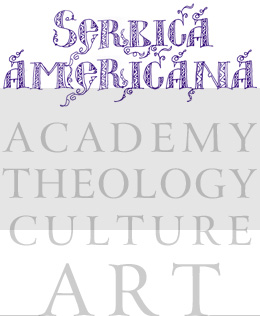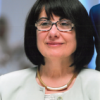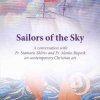Harvard Club of Serbia
On 29 June 2004 more than a dozen Harvard alumni and past fellows met on a riverboat (splav!) on the Danube river in Belgrade, Serbia to establish the Harvard Club of Serbia as a non-profit civic association. Since then we have organized a number of social, educational and recruiting events.
Our members are graduates from Harvard College, the schools of Arts and Sciences, Business, Design, Divinity, Education, JFK School of Government, Law, Medicine and Public Health, Harvard Executive programmes and current Serbian students at Harvard University. They include entrepreuners, leaders in civil society, diplomats, government ministers, journalists, educators and artists.
.


